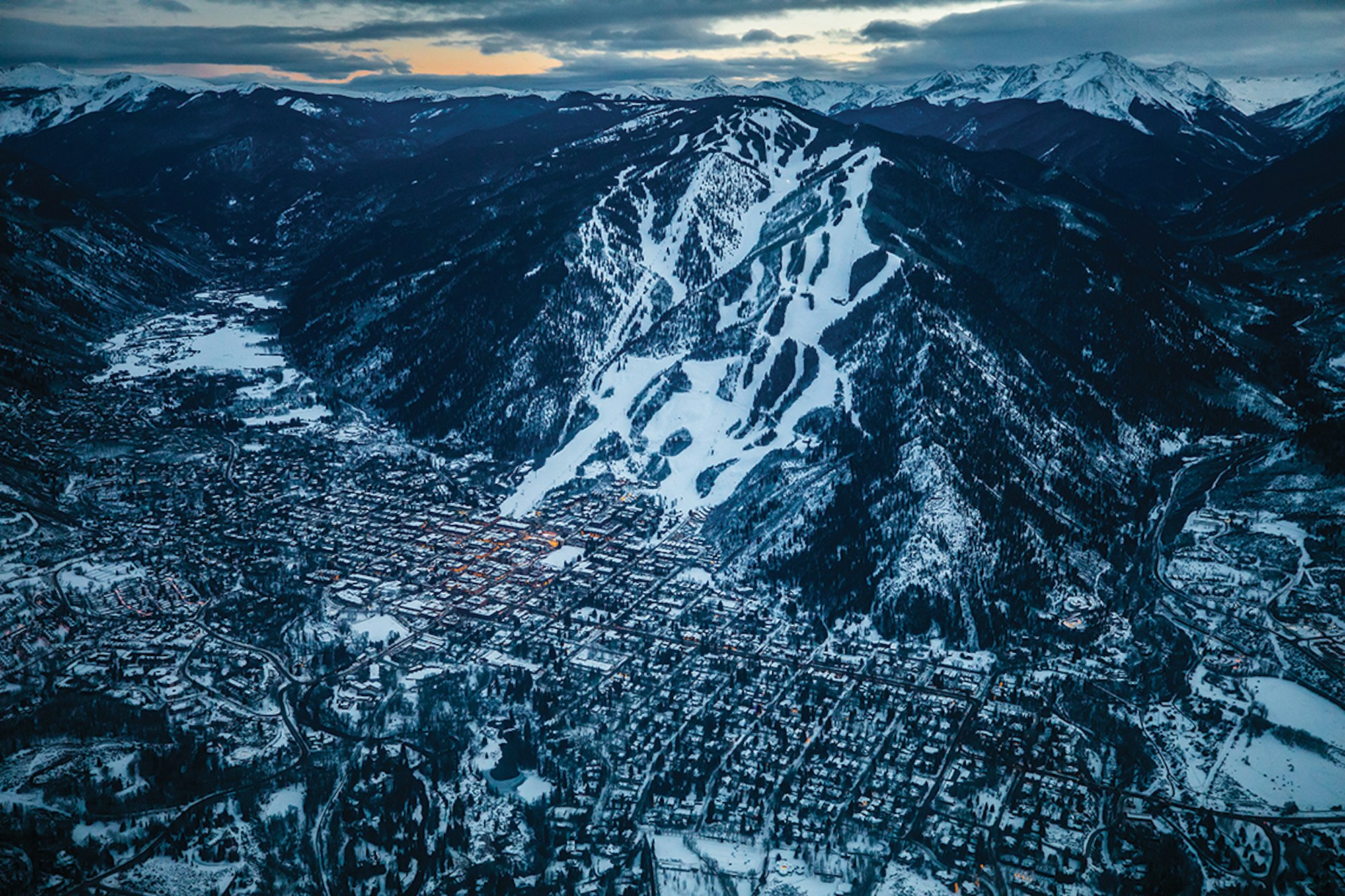Wildfire
Behind Alterra’s explosive rise from an idea to Vail’s first real rival in a decade
WORDS • DEREK TAYLOR | FEATURED IMAGE • TAMARA SUSA | LOCATION • ASPEN, CO


came like a sneak attack, an ambush from an unlikely alliance against a seemingly invincible king. On July 31, 2017, an ownership group consisting of Aspen Skiing Company owners Henry Crown and Company and KSL Capital, owners of Squaw Valley Alpine Meadows, completed the acquisition of Intrawest Resort Holdings and Mammoth Resorts. In the year-plus since, they added three more strategically located resorts, and forged partnerships with 22 more (including Aspen Snowmass, which has remained independent) under the banner of the Ikon Pass, bringing their collaborative force to 36 destinations. In the span of a single season, the entity now known as Alterra Mountain Company has grown from concept to the first legitimate rival to industry leader Vail Resorts in a decade.
How did something that didn’t exist two winters ago suddenly emerge as one of the biggest players on the global ski resort landscape? The short answer, according to Alterra Chief Operating Officer David Perry, is that it didn’t. The concept has been discussed for years, says Perry, who left his role as COO of Aspen Skiing Company in July 2017 to join Alterra. “When I talk about years,” he says, “I mean the idea that there was an opportunity to create a multi-resort company that focused on certain strategic areas and principles. During my time at Aspen we had, in The Crown Family, a rising level of interest in doing more in the resort space.”
Over the same period, KSL, a private equity firm formed by veterans of Vail’s executive team, was also looking to expand its mountain resort footprint. KSL already owned Squaw Valley Alpine Meadows, and held about 24 percent of Whistler Blackcomb before it sold to Vail. Throw in Mammoth, which was looking to grow the power it had consolidated in the population-rich, but geographically-challenged, Southern California market, and a depleted Intrawest that was now being shopped around, and the ski world was just an awkward arranged marriage away from major consolidation—or the plot line for a season of Game of Thrones.
“It was just the situation we were in here in ‘16, ‘17,” Perry says. “An opportunity to consolidate, for some consolidation in the industry clearly was coming.”
In reality, the partnership between the owners of Aspen and Squaw Valley was never as far-fetched as it seemed. “Some people said, ‘Oh, isn’t that an unusual combination?’ of a long term private view of owning assets that the Crowns have, with KSL’s private equity model,” says Perry. “But the real answer is that they’re actually excellent partners because of the different perspectives they bring.”
Like most things in this story, the origins of that partnership can be traced to the Great Recession of 2008.
“One of those germinating moments was getting involved in the Snowmass base village,” says Perry. “[Snowmass Village] had stalled since the recession, and gone through two changes of ownership and a bankruptcy. So it looked to be an opportunity for KSL and Aspen to collaborate, to bring that project back to life, which happened.”
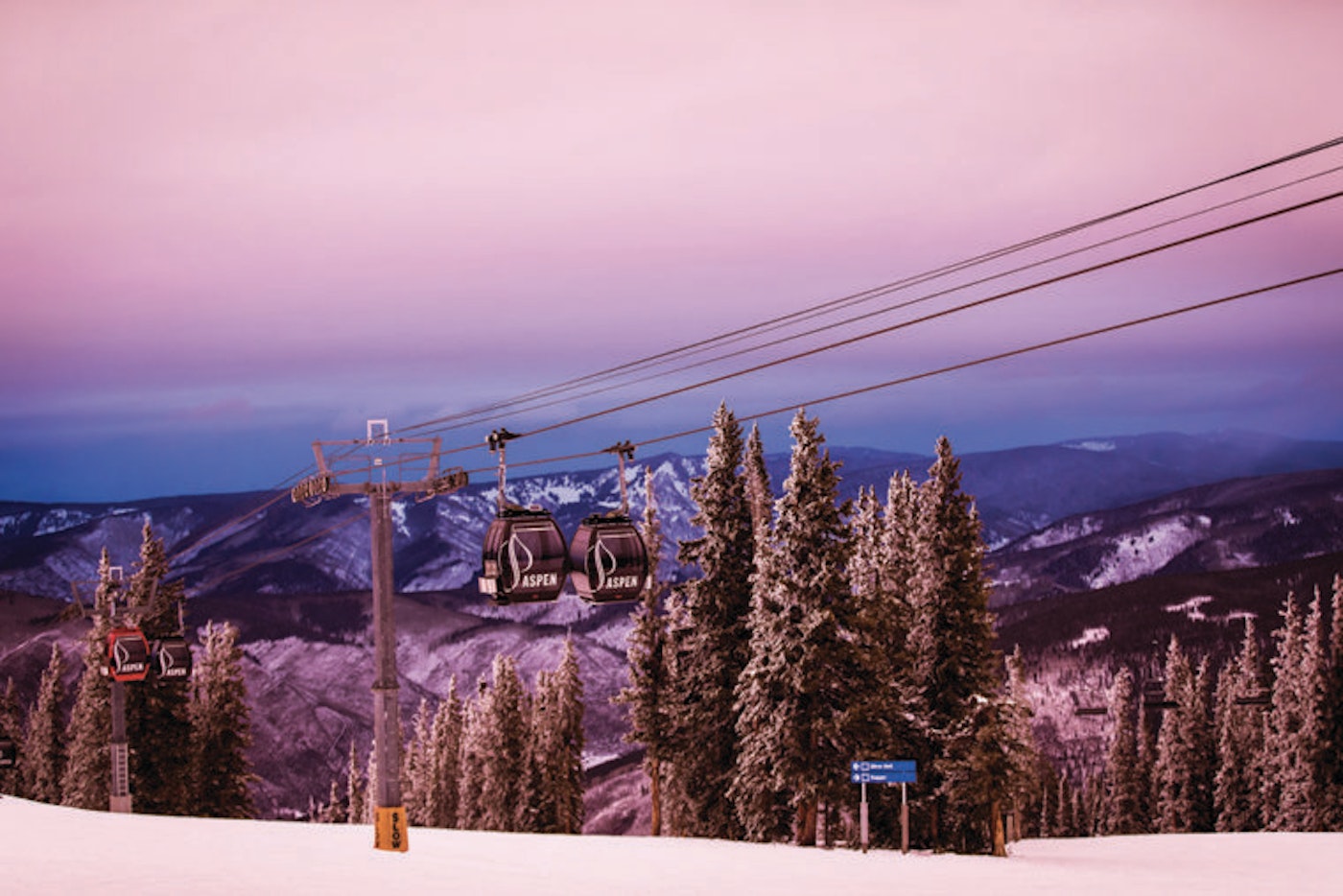
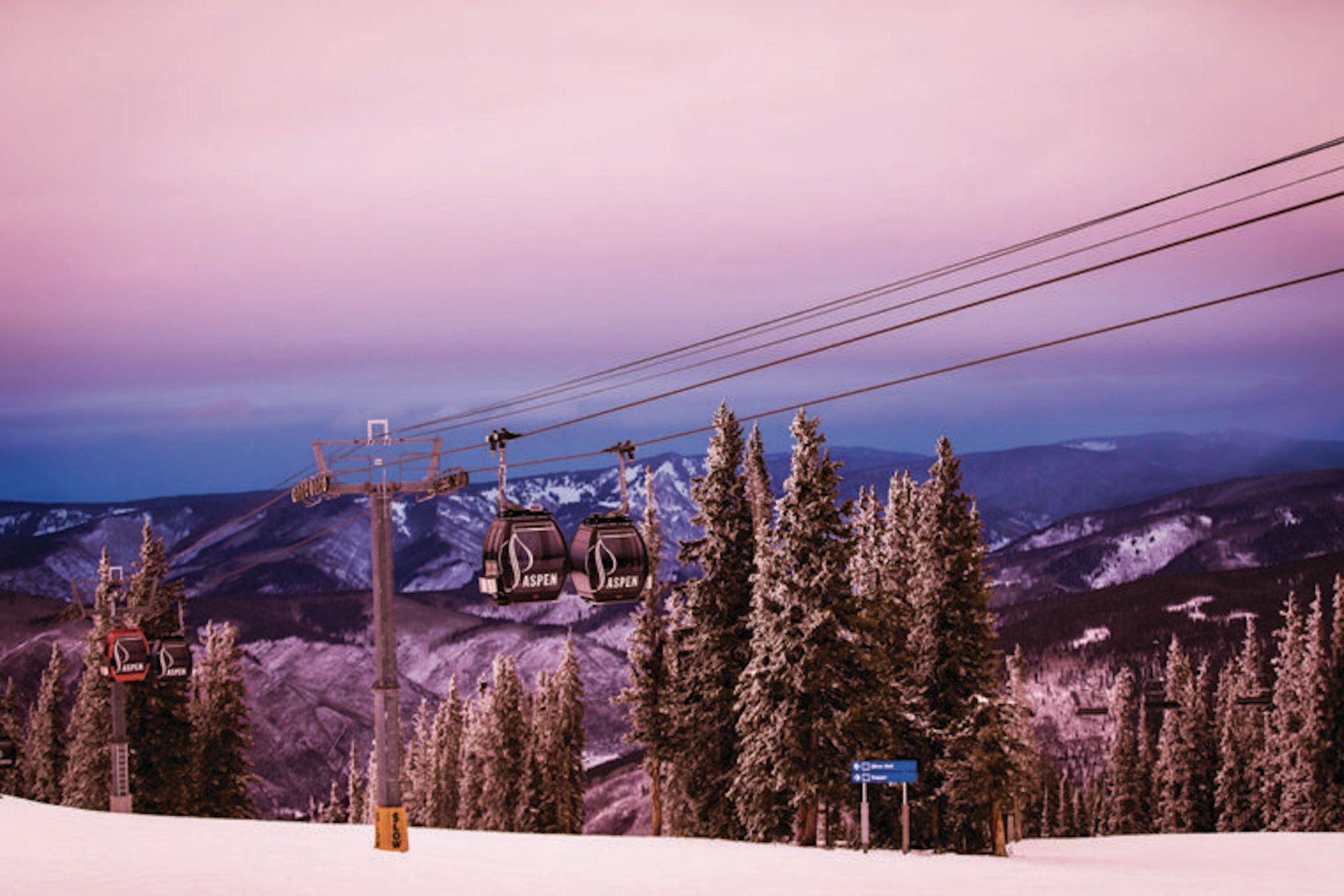
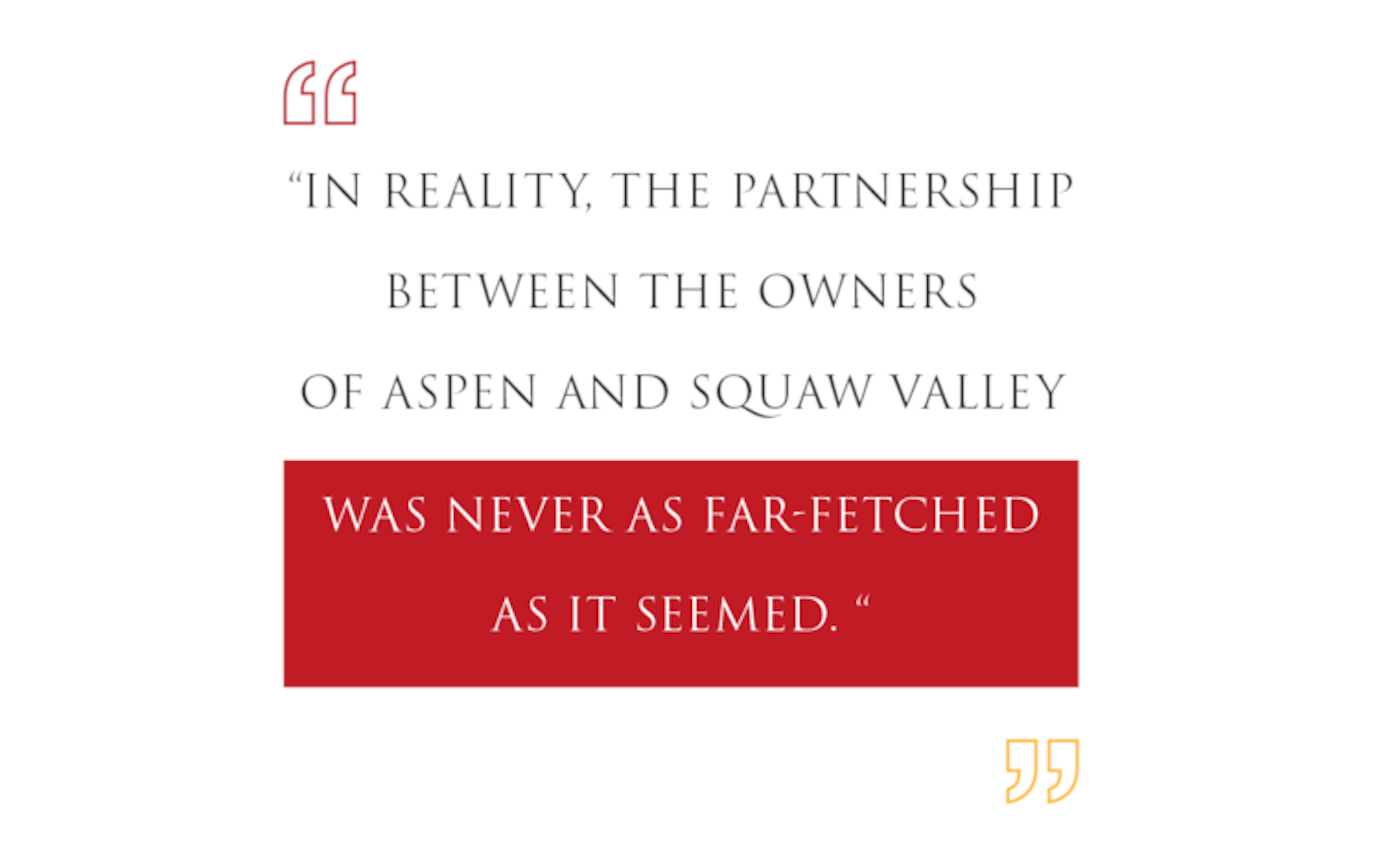

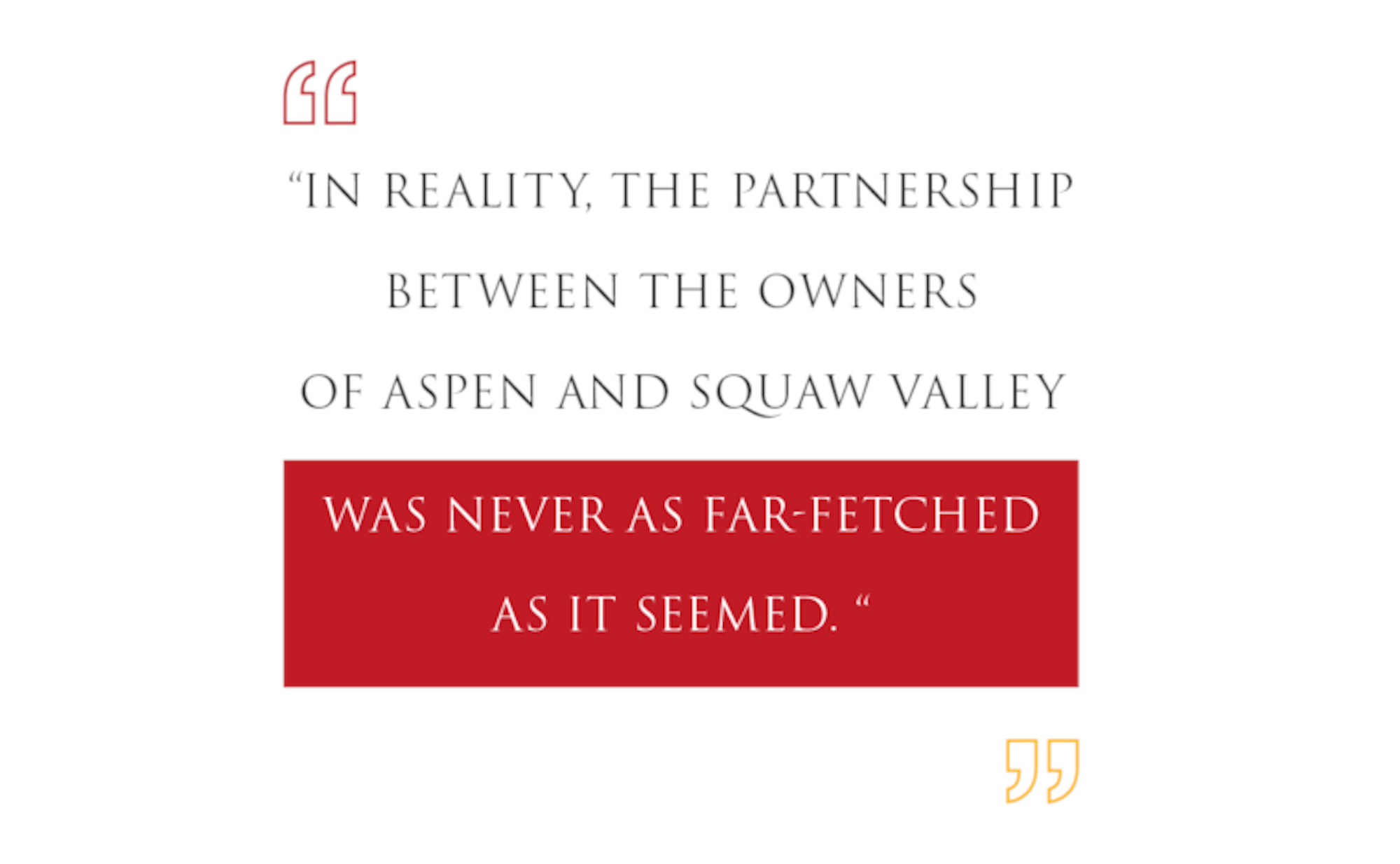

Meanwhile, in 2006, Intrawest was the biggest ski resort operator in the North America, owning all of, or a stake in, more than a dozen resorts. That same year (two years prior to the launch of Vail’s Epic Pass) Intrawest was purchased in a leveraged buyout by Fortress Investments. Fortress, in turn, went public in 2007 with an IPO underwritten by Goldman Sachs and Lehman Brothers, among others. When the markets crashed in ’08, Fortress shares dropped more than 80 percent. Just prior to the 2010 Olympics, they defaulted on the loan used to buy Intrawest, and were forced to start selling off resorts. Whistler Blackcomb, Intrawest’s first property and its flagship, was spun off into a public corporation in 2010, and purchased by Vail in 2016.
In short, the 2008 recession left Intrawest a shell of the kingdom it once was, and Whistler Blackcomb—the King’s Landing of North American ski resorts, if you will—is now the seat of a new empire.
Though Intrawest was particularly battered, the recession was felt across the ski industry, including at Vail. Yet, as the dust settled, Vail emerged as the clear winner. Their corporate worth has quadrupled over the last decade, making Vail Resorts a nearly $13 billion, well-diversified business.
There’s no question that Vail Resorts’ growth is largely the impetus behind Alterra. “Obviously, the successful player in the mountain resort business in North America has been Vail Resorts,” says Perry. “And everyone has their views on Vail, because they’re an easy, big target. But you have to give them a lot of respect for what they’ve accomplished. They’ve built a very successful company, extremely well-regarded on Wall Street. And they’ve been able to take their business model and replicate it around North America very successfully.”
While Alterra is certainly pulling from Vail’s playbook, they’ve also updated it with lessons learned from battling the Epic Pass over the past decade. “It’s no secret that some of [the Alterra] concept came from the success of the Mountain Collective,” Perry says of the multi-resort pass partnership he helped create while at Aspen. “We did some very in-depth research and discovered way back at the beginning of the Mountain Collective that people were very loyal to us in Aspen. But they weren’t monogamous. As much as they really did love Aspen Snowmass, and they would come frequently, they were also on a circuit.”
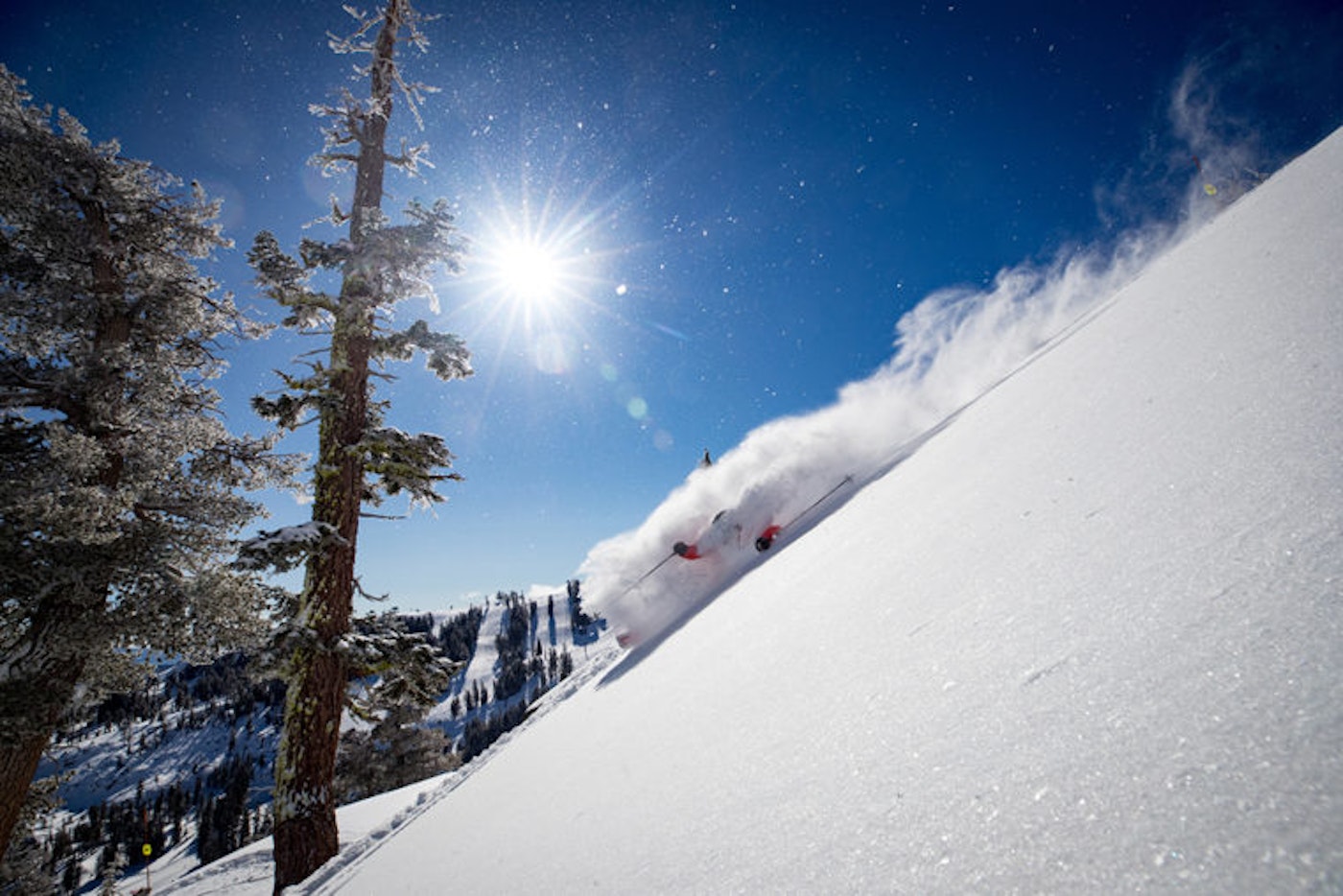
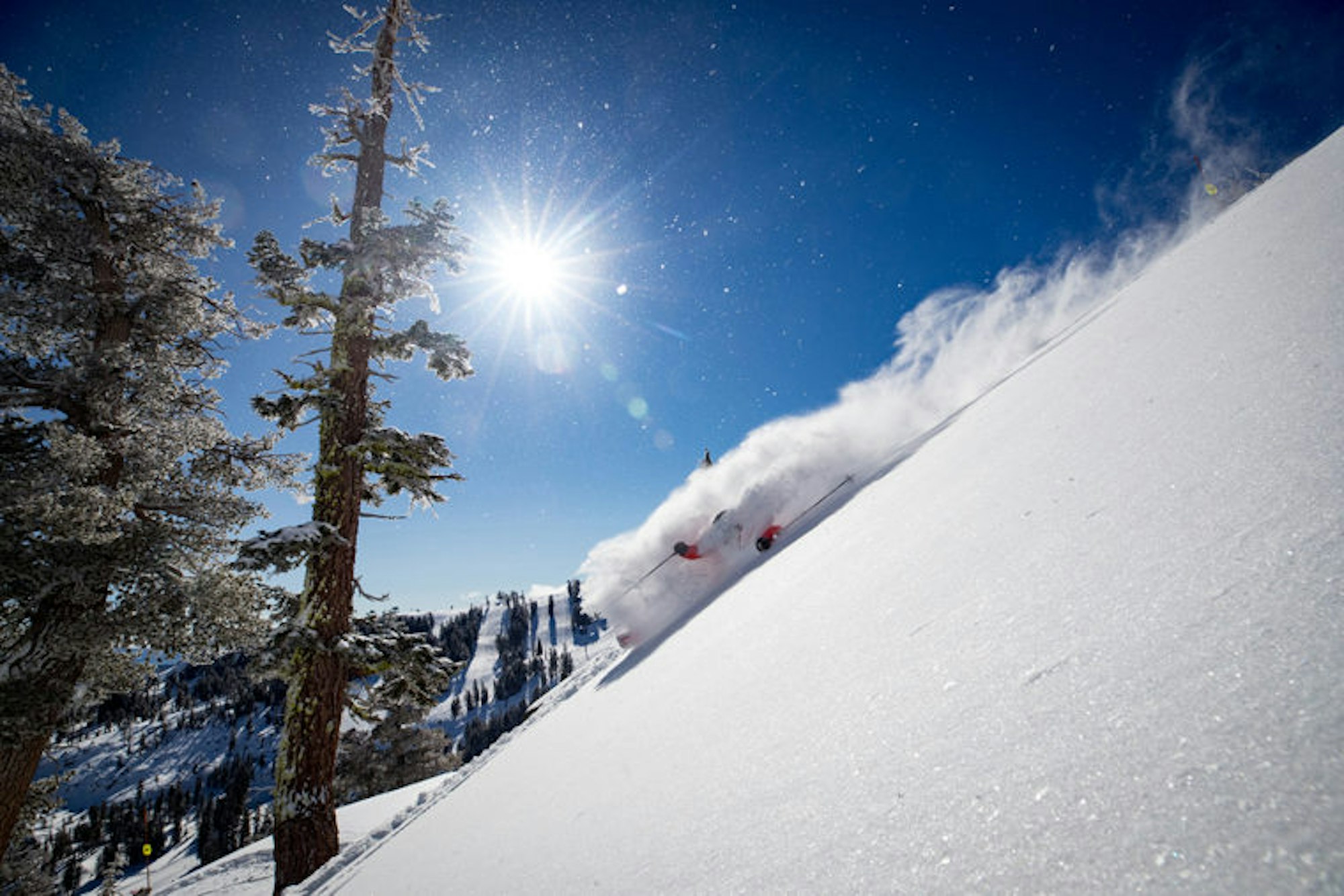
The Ikon Pass has emulated the partnership model the Mountain Collective created. Rather than battle independents and other resort conglomerates, Alterra invited them in. In addition to Alterra’s 14 destinations, the Ikon Pass also includes days at most Boyne- and Powdr-operated resorts, and numerous independent ones across the globe. “We thought we had the opportunity to create, right out of the gate, one of the best networks ever assembled through the partner model,” Perry says. “We don’t have to own all the resorts that are on our pass platform. We can partner with really strong brands and strong, unique resorts from around the world to build a really powerful option that has high appeal for skiers and riders.”
Alterra also has a different philosophy on how to manage their properties. “Without getting into too much detail, it’s largely a decentralized model,” says Perry. “It means a smaller number of people at the Denver headquarters, and most of the decision-making is out at the resorts. It’s kind of like: This is what makes you unique. We want you do to more of that. Because that’s what makes Deer Valley or Solitude or you name it. That can’t be done by a mandate from Denver. The folks at Steamboat know how Steamboat should be.”
This philosophy was welcome news to Steamboat COO Rob Perlman, who views Alterra more as liberating army than conqueror. “I don’t think there could have been a more ideal buyer/owner for the Steamboat community,” he says. “The philosophy of Alterra is to recognize and embrace the individual brands, the unique character of each of their resorts. That was incredibly well-received as a resort and as a community.”
Steamboat is perhaps the best poster child for how hard, and how quickly, the recession hit Intrawest resorts. In 2008, most of Ski Town Square, once Steamboat’s nightlife hub, was leveled to make way for a new upscale development. That improvement never happened, and the area is still an undeveloped hole in the Steamboat base village. Intrawest was not the developer, but was already in cost control mode. Steamboat lacked resources to fill the void the way Aspen and KSL were able to in Snowmass. The new ownership brings opportunity and optimism.
“To have the resources of Alterra, ten years later, come in and they’re going to spend $550 million in the next five years across their portfolio on capital [improvements],” Perlman says. “We’re in discussions about what that means to Steamboat.”
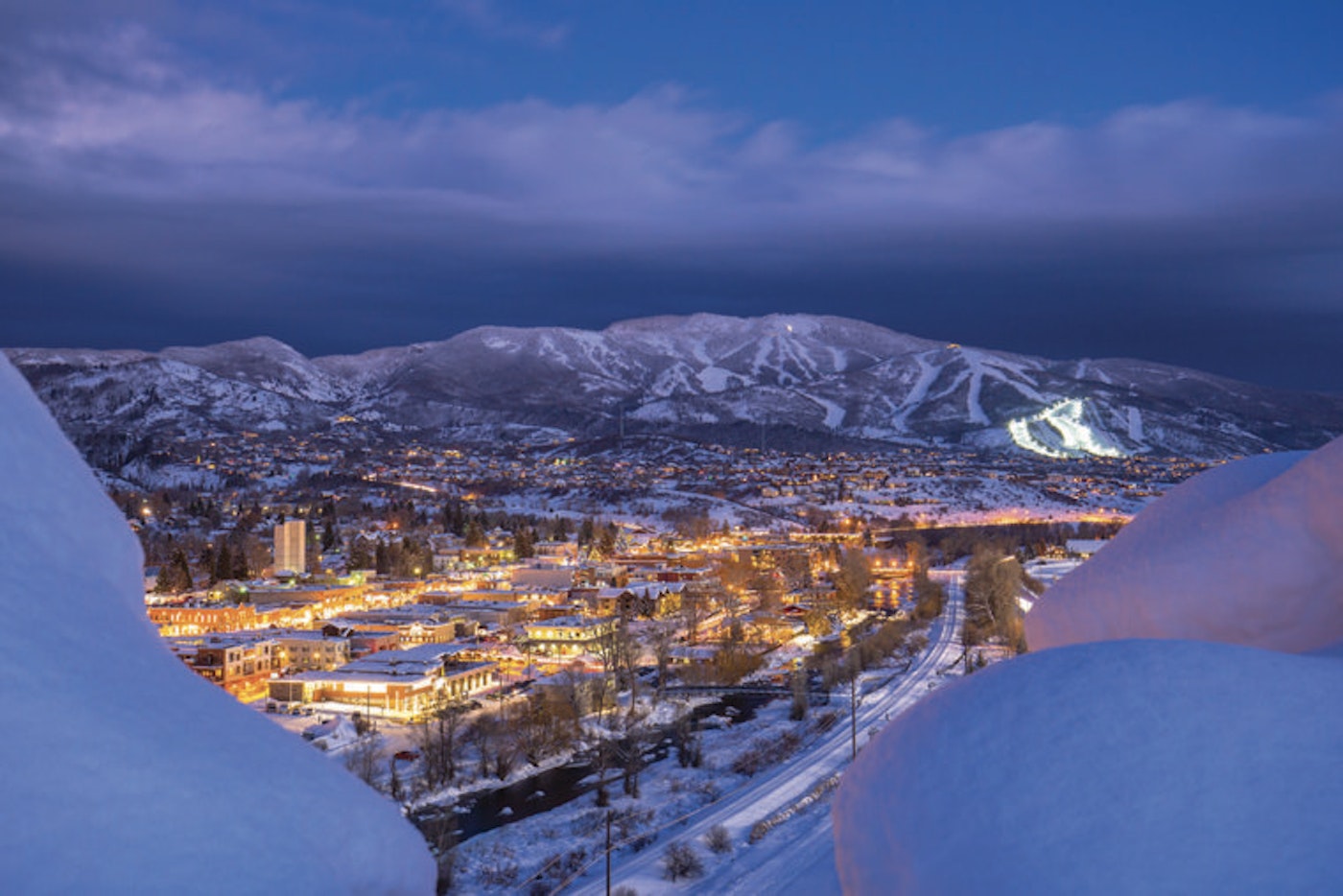
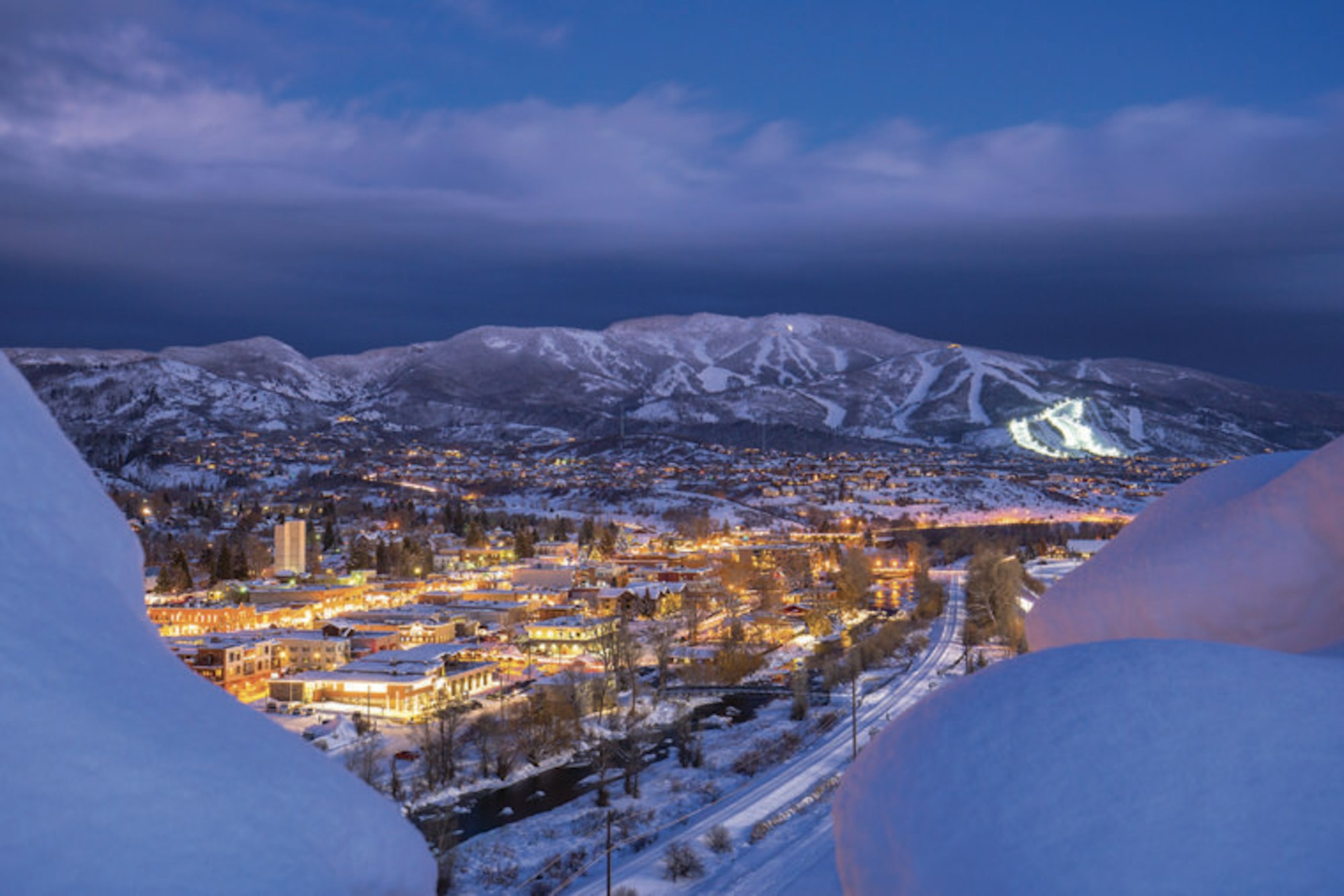
In the meantime, Alterra, so far, is staying true to their word in Steamboat. One outward-facing improvement that has already started is the renovation and re-branding of the restaurant in the Gondola Plaza. “These were all [Steamboat’s] decisions,” Perlman says. “We have the resources from Alterra, but we’re calling it Timber & Torch to play off of our legendary tree skiing and our Olympic heritage. You’ll see that in terms of the design of the restaurant and some of the subtleties in the interior decoration, and it’s going to be unique to Steamboat. You will not see another Timber & Torch at any other Alterra resort.”
Internally, the resort is also reinvesting in its employees. With Alterra’s blessing, Steamboat bumped starting wages by 15 percent, increased the company match to 401Ks and announced paid parental leave—maternity and paternity—for employees. “Investing in the employee experience as well as our guest experience feels really good,” Perlman says. “It sends a signal that says we want to take care of our staff.”
And so Alterra marches on, with its army of “14 resorts and counting,” in Perry’s words, and an impressive list of alliances. But the history of the ski resort business is filled with more Red Weddings than victory parades. We’ve seen emerging giants such as Intrawest and American Ski Company taken down by the whims of the economic cycle and the vastness of their empires.
Alterra, currently, seems to be doing and saying the right things. They have a diverse ownership group that is both cash-rich and has access to financing. They’re attempting to build support from within their communities. After the initial surge, they are looking to temper growth. “Really, our focus right now is on operating what we have,” Perry says. “The chances of us adding another 14 resorts in the next year is close to zero.”
Whether it’s sustainable enough to withstand the next crisis, whatever that may be, is yet to be seen. In the meantime, for skiers, it means that accessing more resorts for less money—whether they are Epic or Ikonic—has never been easier.
This story originally appeared in the November 2018 issue of FREESKIER (21.2), The Resort Guide. Click here to subscribe and receive copies of FREESKIER Magazine delivered right to your doorstep.

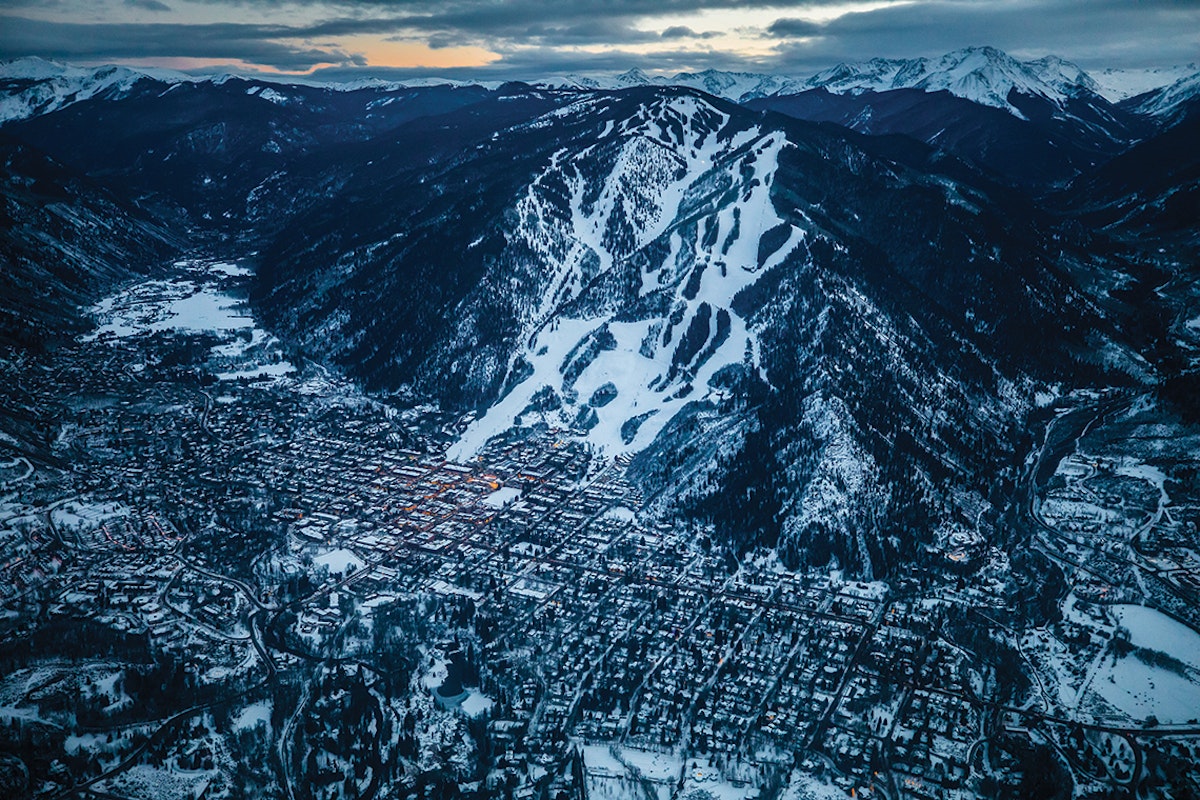

![[GIVEAWAY] Win a Head-to-Toe Ski Setup from IFSA](https://www.datocms-assets.com/163516/1765920344-ifsa.jpg?w=200&h=200&fit=crop)


![[GIVEAWAY] Win a Legendary Ski Trip with Icelantic's Road to the Rocks](https://www.datocms-assets.com/163516/1765233064-r2r26_freeskier_leaderboard1.jpg?auto=format&w=400&h=300&fit=crop&crop=faces,entropy)




![[GIVEAWAY] Win a Head-to-Toe Ski Setup from IFSA](https://www.datocms-assets.com/163516/1765920344-ifsa.jpg?auto=format&w=400&h=300&fit=crop&crop=faces,entropy)


